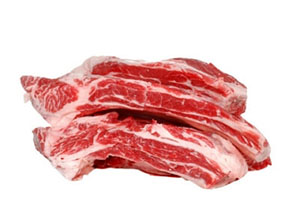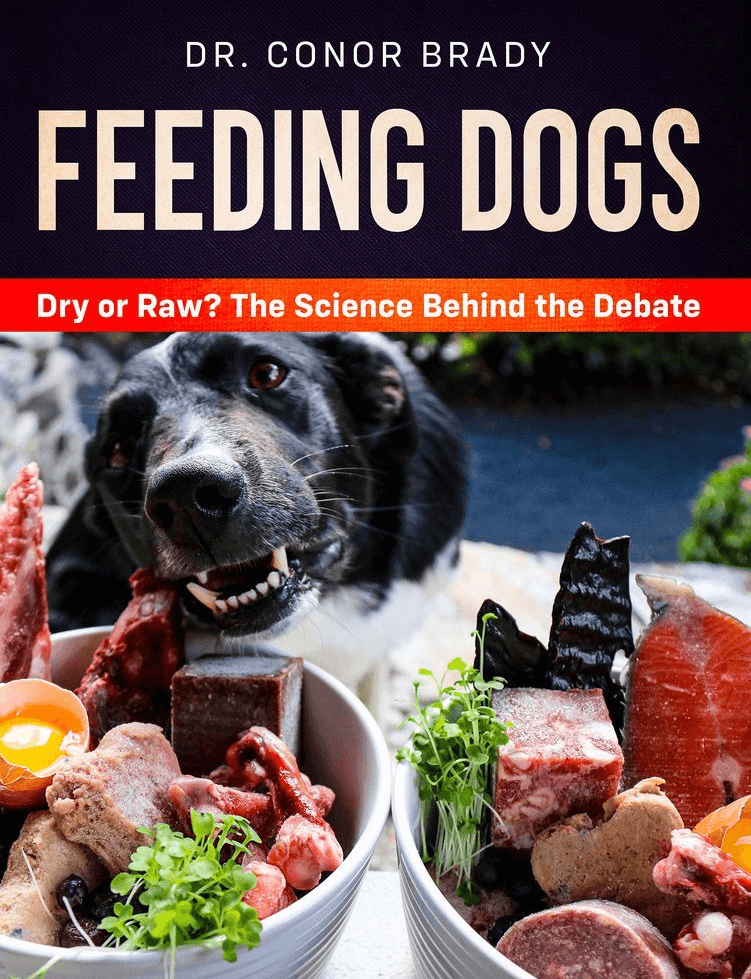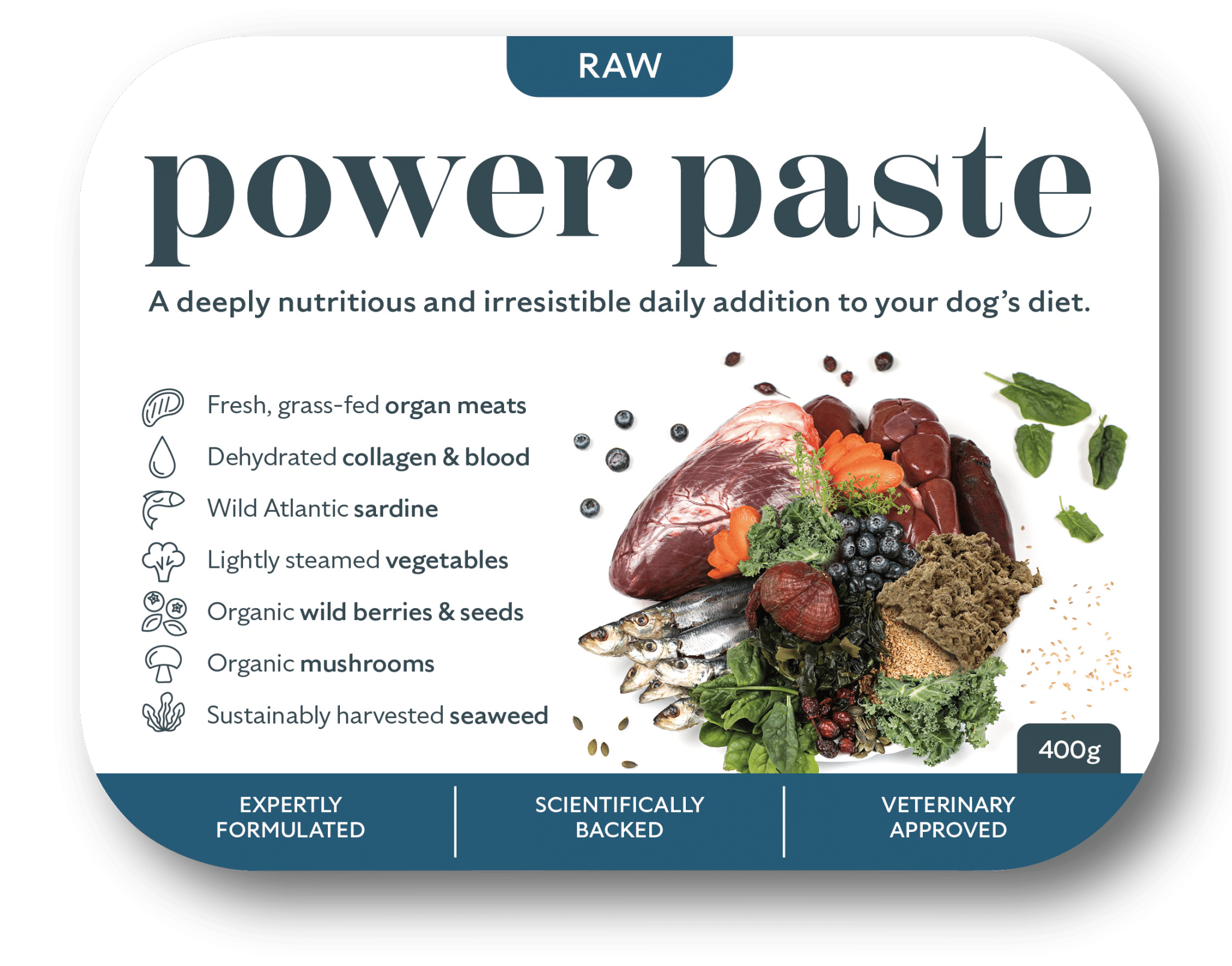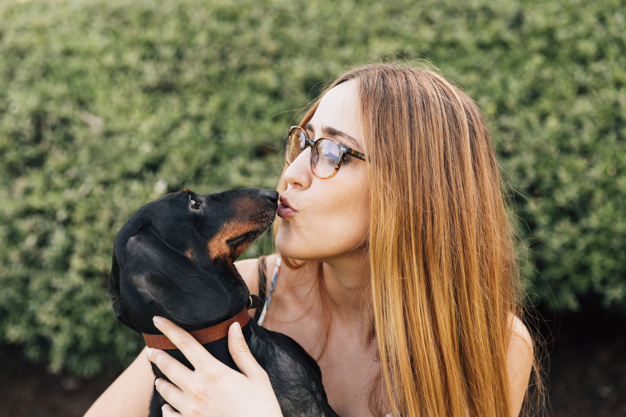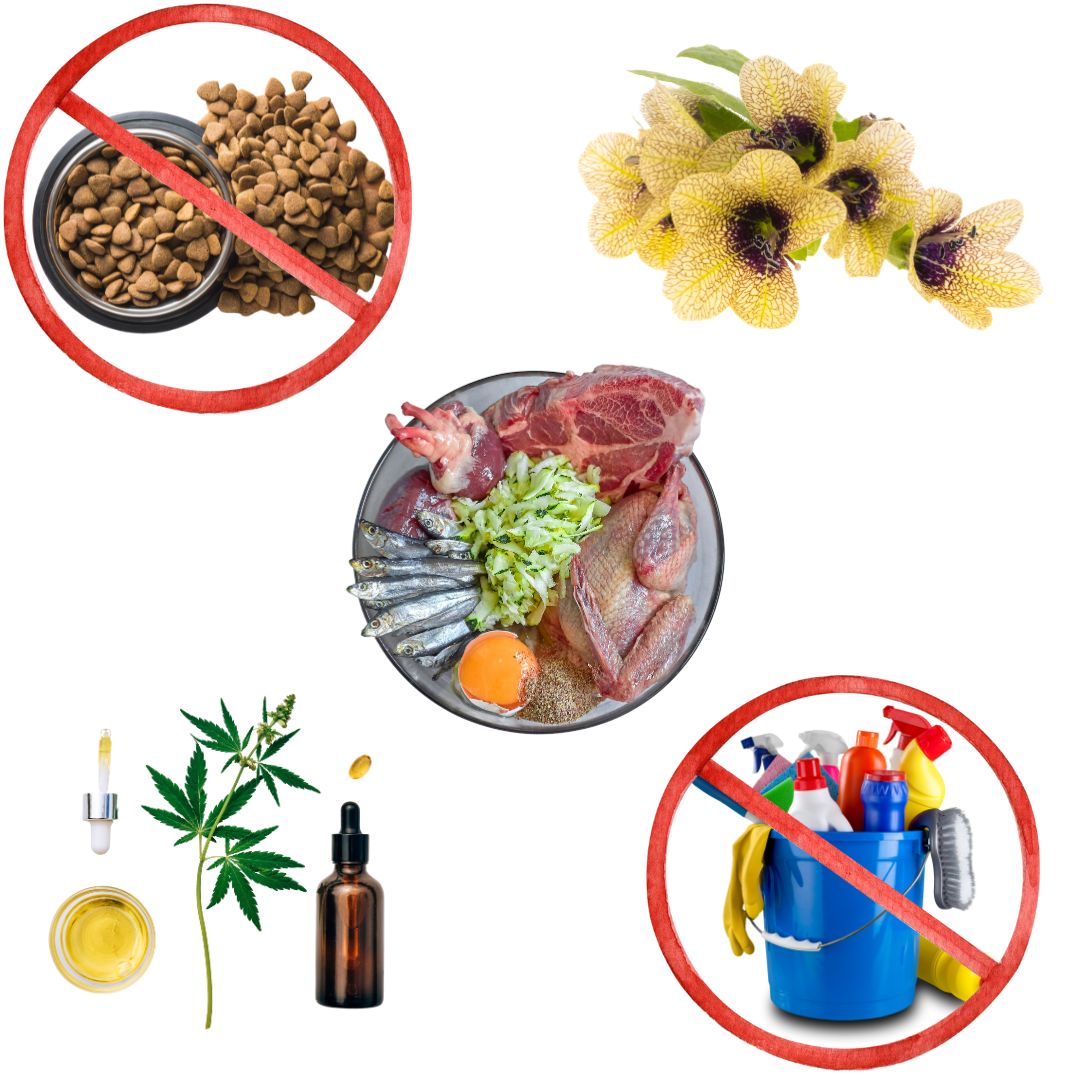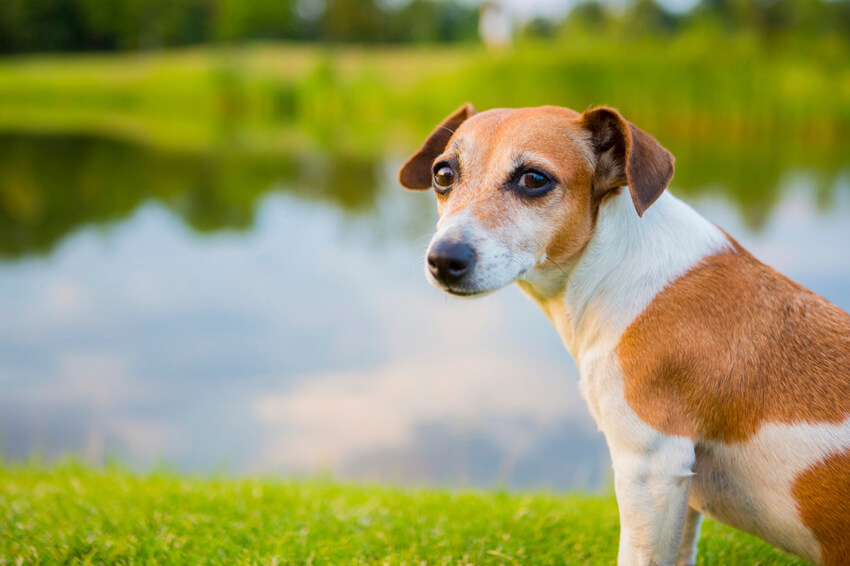For Nice Teeth you Need To Cut Out The Dry Food And Feed Your Dog Raw Meaty Bones...
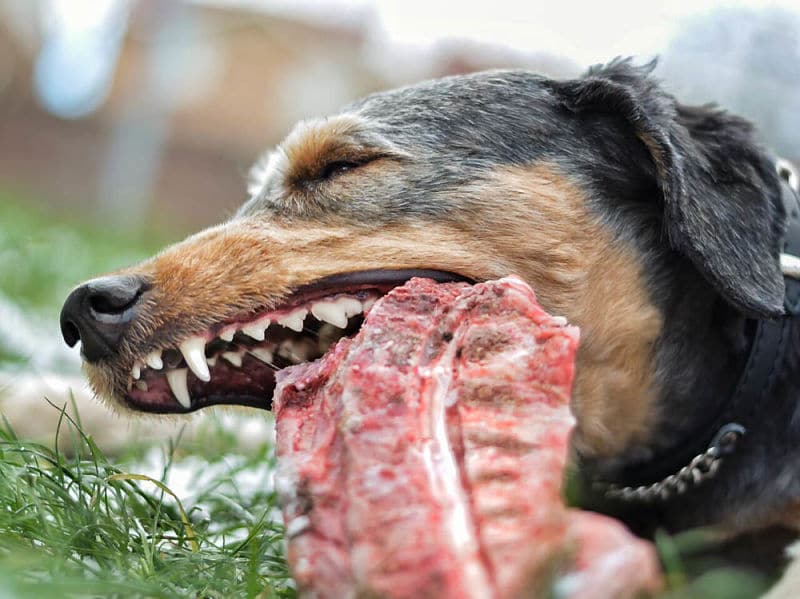
Gum disease is a serious issue that goes far beyond unsightly teeth and smelly breath. Left to progress it can cause your dog serious discomfort and they may lose teeth. But more than that, the constant bacterial invasion at the gum line is a daily drain on your pet’s immune resources. This is why patients with gum disease are more susceptible to disease. Overtime, the body can become flooded with immune debris, clogging kidneys, inflaming hearts. For more, check out our article on gum disease in dogs.
We are going to show you that the very best way to keep your dog’s teeth clean are raw meaty bones. They are not only safe and nutritious, they are cheap to free. They’re definitely the tastiest solution, that’s for sure! We’ll recommend the ideal bone for your dog’s type and finish with a list of do’s and don’t that will not only explain why vets are a bit scared but will ensure your pet’s safety going forward (I hate those two words but wasted more than 5mins trying to think of an alternative…).
Dog's Need abrasion in their Diet...
The biting, shearing, crushing action of chewing cartilage and meat on the bone will clean and massage a dog’s teeth and gums, clearing away any food residues that feed the tartar development. This is how dogs clean their teeth normally and we’ve known it for years. Gray (1923) highlighted how dental problems, greater in smaller dogs, were a result of “dogs fed soft diets with insufficient dental activity…in cutting and tearing raw flesh, breaking or crunching bones, and using their teeth in ratting and rabbiting etc”.
This is why kibble diets don’t work. The kibble, which is usually swallowed hole, bounces off their teeth like tic tacs. That’s why they bring out super magic “dental formulas”, which do actually help, a teeny tiny bit, largely as they are…well, larger! Moreover, the mushy, rapidly digested carbs in these diets feed the bacteria in your dog’s mouth. As carnivores, they have no amylase in their saliva (the enzyme that breaks down carbs, they historically has no need of such an adaption), the sugar hangs around fuelling bacterial growth.
8/10 dogs are dry fed.
8/10 dogs suffer gum disease by 3 years of age.
Does anyone believe this is a coincidence?!
The Benefits Of Feeding Bones To Dogs...
1. Bones Clean Dog's teeth
See that huge tooth there in the back of their jaw? That’s called a a carnassial tooth. The huge and highly modified upper pre-molar comes down like a scythe past the anvil-like lower molars, slicing meat, cartilage and bone with ease. All carnivores have them but the dog’s are particularly impressive. So nobody is doubting that he’s very much up to the bone-eating job.

Brown and Park (1968), periodically replaced the moist kibble ration fed to 30 dogs that were displaying dental calculus and tooth loss, with beef oxtail. Two-thirds of the dog’s calculus was removed within 24hrs after the first oxtail feeding, this increased to 95% by the end of week 2. Interestingly, the same authors note that oxtails, consisting of hard spinal vertebrae, were fed to over 200 dogs for more than six years and “no harmful effects were observed”.

More recently, Marx et al. (2016) evaluated beef bones as chew items to reduce dental calculus in adult dogs. They found raw bone consumption reduced dental calculus by 57% after three days and by 82% after twelve days. Again, no complications such as tooth fractures or intestinal obstructions were observed during the trial.
2. The nutritional benefits of feeding bones to dogs
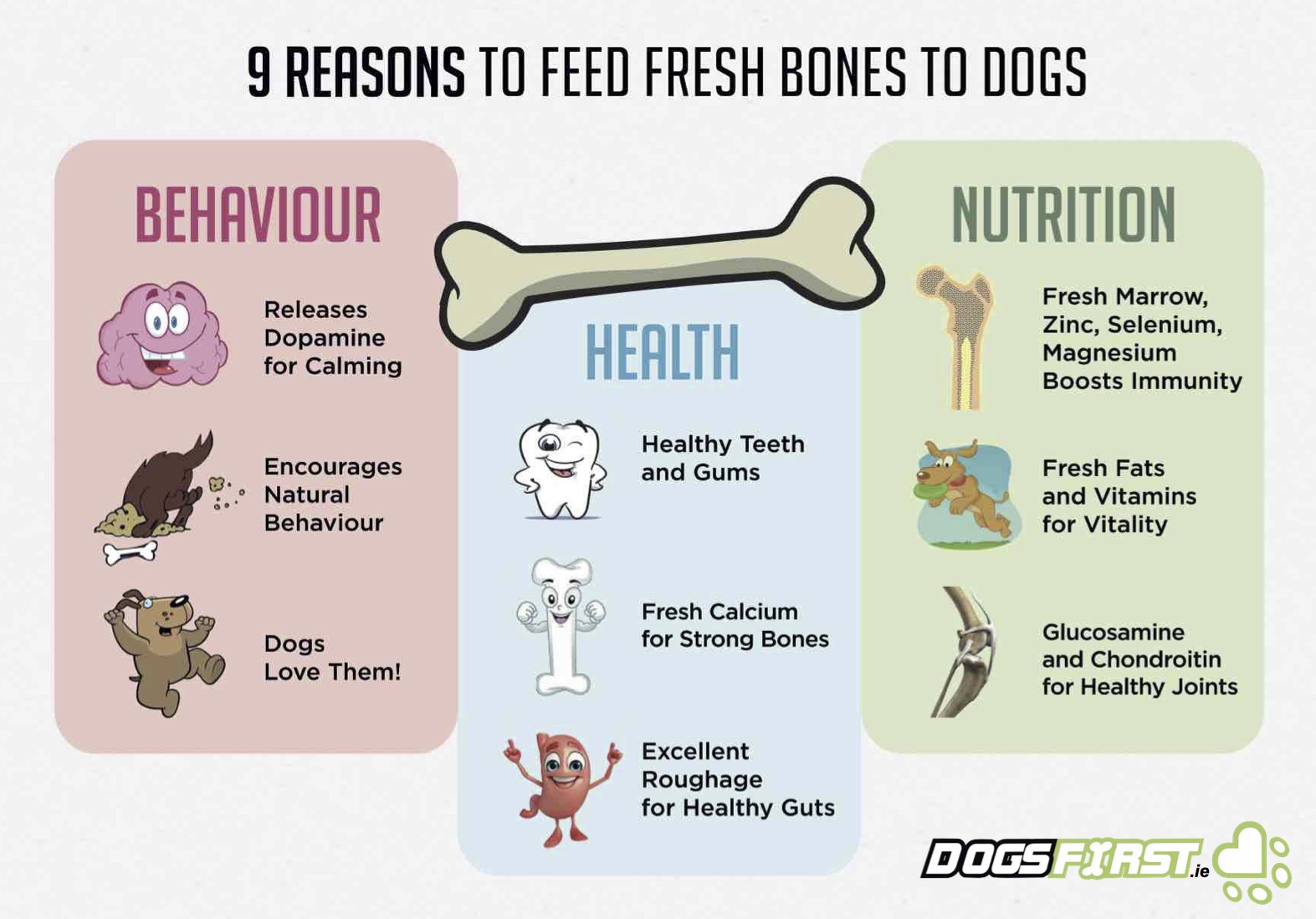
Dogs eat whole prey. That’s what those big, back teeth are all about. They are bone crunchers and consumers. It stands that they gain some nutrition from them. In fact, they say bones feed bones in dogs. First off, a raw meaty bone contain lots of fresh cartilage which is a source of glucosamine, collagen, chondroitin and vitamin C to your dog (how does it make sense to wait until their joints are ruined before adding this stuff into their food?!). Bones also contain lots of protein and minerals vital for bone growth, including lysine and easily assimilated natural calcium, as well as micro minerals, such as selenium, copper and magnesium. These are all essential to young pups and brood bitches, as they help build strong teeth, joints and bones.
On top of this, raw bones provide some much needed roughage in their diet. They have a cleansing/scouring effect on the dogs digestive tract, and the roughage encourages healthy faecal motions that stimulate the anal glands.
And they’re FREE, have I mentioned that?!
Ideal Bones for Dogs of Different Sizes...
Small dogs should get smaller bones. Large dogs larger bones.
This simple rule for newbies generally avoids you having to watch a greedy lab swallowing chicken drumsticks like a seagull with a fish (it happens, and they are usually fine, but it doesn’t stop you worrying). Smaller dogs can struggle to get their teeth around bigger bones but then, I like to offer big, raw meaty bones to a littler of pups so they don’t actually swallow big lumps but can practice biting and nipping and tearing, keeping their teeth clean and relieving the pain in their gums when growing all those little teeth.
Ideal Bones for Small dogs
(also Puppies and Kittens)
Also suitable for small dogs from the supermarket would be:
Chicken wings
Ideal Bones for Medium-Sized dogs
(e.g. springers, Collies, Cockers)
Also suitable for medium dogs from the supermarket would be:
Chicken thighs
Chicken carcass
Turkey wings
Ideal Bones for Larger dogs
(e.g. Labradors)
Also suitable for large dogs from the supermarket would be:
Chicken and duck carcass
Turkey wings
Fish heads
Ideal Bones for Very Large dogs
Also suitable for very large dogs from the supermarket would be:
Turkey necks
Chicken & duck carcass
Any of the rib sets above
Top Tips when Feeding Raw bones to dogs
1/7 How Often should you Give Bones to Dogs
The current consensus is that raw bone should make up around 10% of their raw dog food diet in total. But if we are just talking about teeth cleaning, then studies show just one or two bone-chewing sessions per week will get the job done.
2/7 Never, Ever Feed Cooked Bones To A Dog
Vets, it seems, think all bones cause issues such as cracked teeth and intestinal blockages (impaction) in dogs. However, we must distinguish here between raw and cooked bones. Cooked bones are dangerous for dogs. Please do not feed them. Cooking a bone results in Maillard Reactions which ultimately makes the protein far more resilient to digestion. Think of over-cooking that piece of steak. A fresh chicken bone is bendy, you can snap them in two without too much fuss. Cooked chicken bones on the other hand are brittle. The latter can splinter on breaking. Moreover, in tests, these shards take longer to digest, so dogs eating them are more likely to pass splinters into their intestines, potentially leading to impaction. So we avoid cooked bones.
Only feed fresh bones, the meatier the better (assists in lubrication when swallowing).
The most dangerous cooked bone out there is the one sold in pet shops. It’s a huge, twice cooked, extremely hard pig leg bone (leftover from the serano ham industry). If you’re worried about broken teeth, gut perforation and impaction (undigested bone clogging up the intestines) please, please avoid these.

3/7 Dry Feeders Should Feed Bones Separately to their Meals
Meat-eaters have very low stomach acids as the enzymes necessary for meat digestion operate better around the pH1-2 level (where pH1 is ten times more acidic than pH 2!). Omnivores, eating a mix of plants and meat, tend to have higher stomach acids, perhaps pH 2.5-4. Herbivore gut acidity begin after this. Cereal-based pet food is largely plant material (cereal and plant protein additions). There is only a token meat flour addition in most kibbles. This food digests at a higher pH. Hence, dry fed dogs have stomach acids beginning pH2.5 and above. Raw fed dogs on the other hand are expected to have much lower stomach acids, more conducive with bone digestion.
As gut acids can be conditioned (released in anticipation of the meal, all that gurgling and squirting you hear going on in his poo factory in anticipation of a meal), dry fed dog owners feeding raw bones should do this separately to their dry meal. This increases the likelihood the gut responds in the correct manner to the bone content.
When vets see issues, we expect it to be not only dogs with cooked bones but that dog was dry fed. Those two together are the most at-risk category.
4/7 Avoid Hollow Marrow Bones
Marrow bones are the big hollow bones (essentially a cow femur). The butcher and sometimes pet shop will often offer them to you. While the inside of these bones (the marrow) is highly nutritious, this and broth is about all the raw versions should be used for. For smaller dogs, they can get their lower mandible caught in them. Larger dogs can break teeth trying to crunch them. Huge pressure is exerted downwards, they eventually slip off the round surface and CLASH your teeth are broken.

5/7 Best Avoid ALL Weight-Bearing Bones
To hold up the great weight above, leg bones are necessarily reinforced with minerals such as iron and zinc. They also have a certain shape that increases their strength. Taken together, a large leg bone, certainly that of a pig or cow, is very hard to break through. Sadly, that won’t stop many dog’s trying. As with marrow bones above, huge force is exerted downwards until either the teeth skid off and clash or the bone breaks and the teeth clash. Please avoid these bones. Included in this list are the large beef knuckles (essentially their knee joint).

6/7 Don’t Feed too much bone
Like us, dogs only have a small reservoir of stomach acid waiting for their next, average-sized meal. So, if a lab is presented with a bucket of boney chicken wings, he will surely do his best to devour them (labs can distend their stomachs and eat 10% of their body weight!). However, this sized boney meal may dilute the stomach acids to the point that not all the material will be digested properly, increasing the likelihood of undigested bone material passing through to the intestines. He can at best become constipated but at worst this can lead to the material building up in his guts. This is impaction, a process made all the more likely if the bone material was cooked. So go easy.
7/7 Dog Choking on a Bone – How to Avoid and What to do
The most common food items humans can choke on include bread, raw vegetables and meat. But this isn’t a reason not to consume them. Dogs in general have extra wide, hardened oesophagi to enable the eating of large lumps of meat and bone but vigilance still needs to be exercised, particularly with some types. Young pups and dogs that have been consuming a processed diet for most of their life will have a less worked, less keratinised (softer) oesophagus. Flat-faced breeds with missing teeth are expected to have a harder time breaking bones down too. Greedy dogs will gulp their food down which can be slightly unnerving. If you’re worried about any of these types then, on top of feeding right for the type, you can smash their bones with a mallet for the first week or two until the dog gets used to them.
Still, despite your best efforts, something might go wrong. So please, take 3 minutes and watch this vet showing you what to do in a choking situation.


